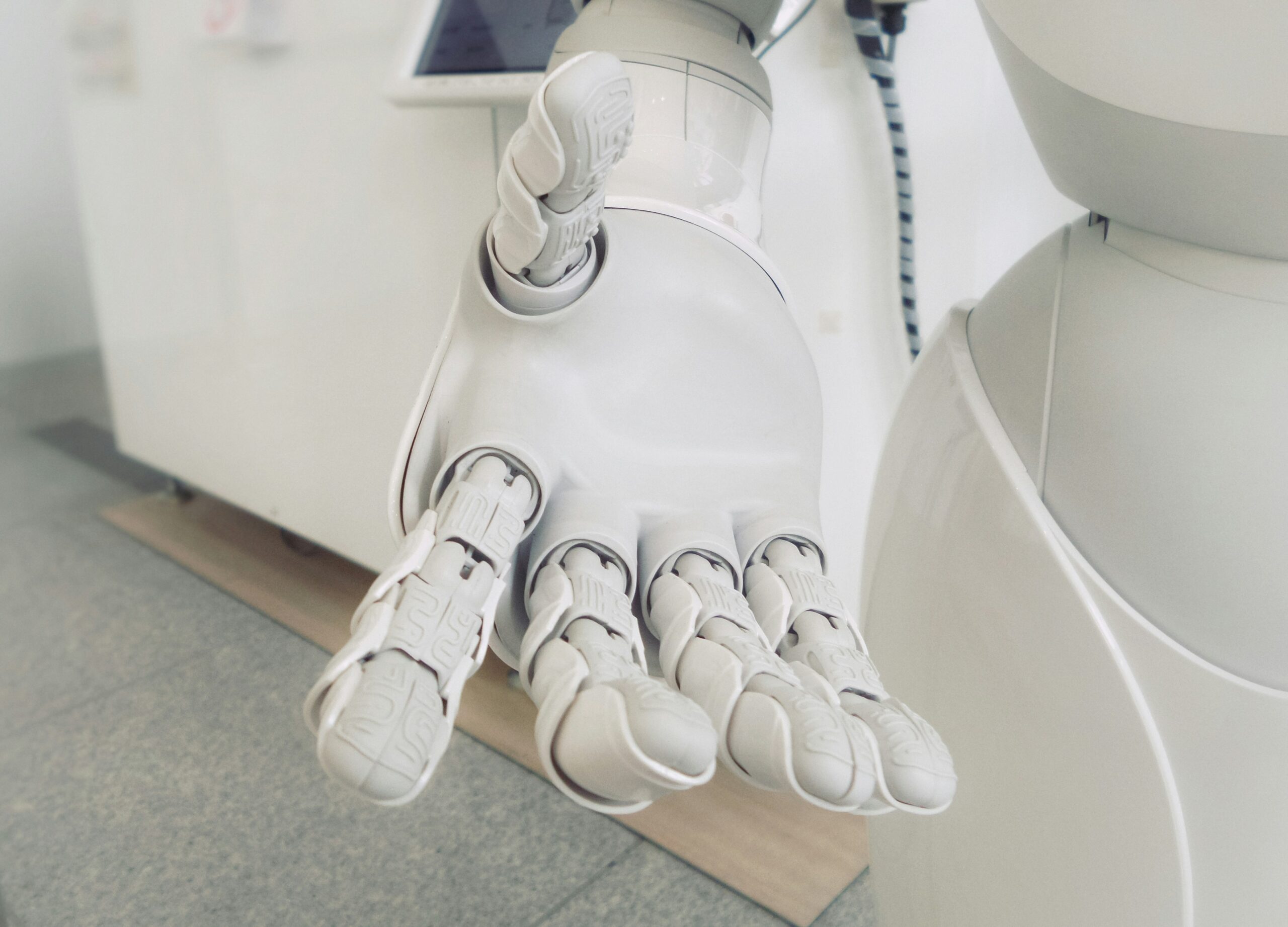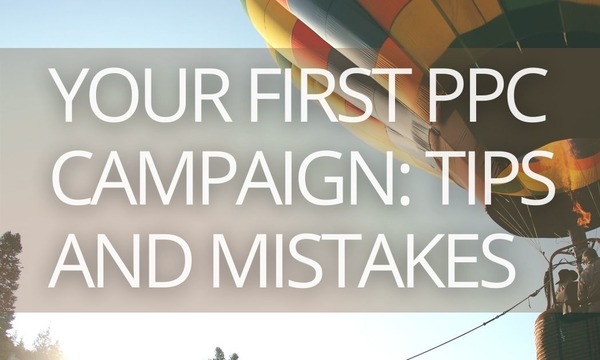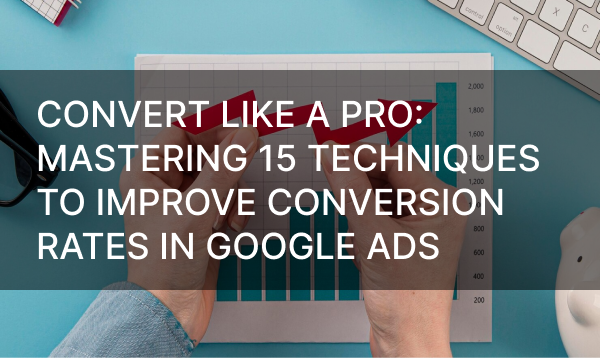The importance of Google Ads for business and trend changes to get ready for
In the rapidly changing digital marketing realm, Google Ads strengthens its role as a cornerstone for businesses looking to reach their target audience and drive growth. However, the ad platform is poised for transformational changes that will redefine how businesses develop their advertising approaches. So stay ahead of the curve in digital advertising by monitoring the five key Google Ads trends predicted to shape the digital marketing industry in the decade to come.
In this article we’ll delve into the five biggest Google Ads trends you need to watch out for. We’ll provide insights to help you maximize your ROI. From the rise of automation, AI-powered features and smart bidding to the video ads and expanded search engine capabilities, this comprehensive guide will equip you with the knowledge necessary to navigate the new trends of Google Ads and achieve success in 2024 and beyond.
Google Ads will release more AI-based features
 Photo by Possessed Photography on Unsplash
Photo by Possessed Photography on Unsplash
AI-driven advancements revolutionize digital advertising. They arm advertisers with unprecedented levels of automation, optimization, and insights. Predictive bidding algorithms leverage machine learning to analyze historical data and market trends. By predicting the probability of conversions, these algorithms can adjust bids in real-time, maximizing ad campaign performance and minimizing wasted spend of the ad budget.
Automated creative optimization tools use AI to analyze ad performance and generate variations that resonate better with target audiences. They continuously test and refine creatives, ensuring that ads are relevant and engaging. AI-driven insights provide a deeper analysis of ad campaigns. By analyzing performance data, AI algorithms identify trends, highlight areas for improvement, and suggest strategies to enhance campaign effectiveness. They revolutionize the way advertisers manage and optimize their campaigns, enabling them to achieve better results.
The following AI-powered features in Google Ads are expected:
Semi-autonomous ad creation
Performance Max gives access to Google’s entire ad inventory, including YouTube, Search, Discover, Gmail, and Maps, through a single campaign. In PMAX ads are generated using inputs. Text assets can currently be created by advertisers, with the rapid advancement of AI-generated imagery. AI can test various ad copy versions, recommend keyword incorporation based on search trends, and optimize visual components.
Enhanced audience targeting
The integration of AI into ad platforms has initiated a shift in audience segmentation. By analyzing users’ search histories, site engagements, and social media activities, AI-powered platforms can accurately predict their intent. This allows ads to be shown to users with a higher likelihood of conversion, similar to how automated bid strategies currently operate.
Predictive analytics in campaign optimization
AI allows marketers to go beyond data analysis and manage campaigns by predictive analytics. By tracking historical campaign data and real-time market insights, AI can identify potential obstacles and opportunities in upcoming campaigns. This enables marketers to adjust their strategies, anticipating trends rather than merely responding to them. Some ad platforms use predictive analytics, but its full potential remains yet untapped.
Continuous learning and improvement
Machine learning algorithms are constantly evolving to predict audience preferences. In paid search, AI-driven tools adapt dynamically, tailoring campaigns for optimal results. AI and paid search combo paves the way for intelligent, responsive, and highly effective campaigns. While AI automates complex analytical tasks, marketers make strategic decisions, introduce innovations, and leverage AI insights for maximum impact.
Automation and smart bidding gain popularity
 Photo by Cash Macanaya on Unsplash
Photo by Cash Macanaya on Unsplash
Automation and AI-driven advancements impact ad creation and audience targeting across all campaigns. Smart bidding techniques are essential for efficient optimization. They have demonstrated their efficacy in enhancing well-structured campaigns, particularly high conversions, CPA, and ROAS, once sufficient learning data has been gathered. Over time, these bidding strategies will improve ad campaign performance significantly.
The integration of automation and smart bidding is set to significantly expand within the sphere of online advertising. Automation enables advertisers to simplify their campaigns and enhance performance by automating laborious tasks such as bid adjustments, keyword selection, and campaign creation. This not only conserves time and energy but also allows advertisers to concentrate on more strategic, high-level planning.
Smart bidding uses machine learning algorithms to analyze big data and dynamically adjust bids in real-time. Elements like user behavior, device type, and day time help optimize bids for each unique impression, thereby maximizing the likelihood of achieving desired results such as conversions or clicks. Because there is no need to manually manage bids, advertisers achieve superior results with minimal effort.
The synthesis of automation and intelligent bidding significantly improves the efficiency and performance of online advertising. By leveraging these technologies, advertisers maximize productivity and secure a competitive advantage in digital advertising. The integration of automation and smart bidding is expected to become more widespread, enabling advertisers to achieve superior results with the online advertising and marketing efforts.
More emphasis will be placed on broad match
Google is now actively promoting the use of broad match for advertisers, driven by their belief in the efficacy of smart bidding and AI’s ability to optimize performance over time. By providing the machine with more data, it can better align with the specific goals. The level of transparency and control once afforded by granular campaign management is gradually diminishing in the face of emerging advancements.
In the dynamic realm of digital marketing, keyword matching plays a pivotal role in SEO and PPC advertising. Among the various matching options, broad match stands out as a widely used technique. With broad match, your ads appear when users search for the target keyword, its synonyms, and semantically related terms. This expansive approach aims to reach a broader audience, maximizing potential website traffic.
In recent years, digital marketing strategies have begun to prioritize broad match. This shift is driven by multiple factors: increased complexity of user search models, the need for improved targeting efficiency, and audience expansion.
Here are more details:
- The ways of searching for information are becoming more complex. People no longer input exact match keywords to find what they need. They use a mix of keywords, phrases, and voice commands to search. Broad match covers a wider range of search queries, enhancing the probability of the ads being displayed to audiences.
- Broad match minimizes the need for extensive keyword research and management. Advertisers can concentrate on a minimal set of core keywords, allowing the search engine’s algorithms to handle the difficult task of identifying related terms and variations. This ensures that the ads reach a more diverse and relevant audience.
- Broad match allows advertisers to reach a wider audience. They get an opportunity to attract more users who may be interested in their offers, even if they don’t use the precise keywords advertisers are bidding on. This results in increased brand visibility, better website traffic, and ultimately, higher conversion rates.
While broad match offers significant reach for digital marketers, using it wisely is critical. It may lead to irrelevant traffic, potentially impacting ROI negatively. Advertisers must carefully monitor campaigns and adjust bids and match types to ensure ads target relevant audiences. By strategically using broad match, marketers can expand their reach, cover a variety of search queries, and potentially increase traffic and conversions.
Video advertising will grow exponentially
Video advertising is expected to grow significantly, particularly in the area of short-form video ads such as YouTube Shorts, TikTok and Meta’s Reels, which have emerged as a key platform for this format. Advertisers can now target Shorts as a placement, and as competition intensifies on TikTok and Instagram, YouTube is likely to invest resources in attracting advertisers to Shorts. This may involve streamlining the setup process and leveraging AI to assist advertisers in creating effective ads.
The rise of streaming services, social media, and mobile ads is leading to users watching video content for entertainment, learning, and shopping motivation. The advent of programmatic video ads allows for automating the purchasing and placement of video ads across diverse platforms. This helps advertisers reach specific demographics, interests, and behaviors, thereby maximizing the performance of ad campaigns. The emergence of interactive video formats like shoppable ads and immersive experiences provided advertisers with innovative ways to engage with consumers.
The future of video ads promises even more revolutionary formats. Augmented and virtual reality will immerse viewers into brand universes, offering interactive experiences. Cutting-edge analytics and artificial intelligence will give advertisers unprecedented precision in measuring campaign impact and optimizing for maximum ROI, empowering them to deliver targeted and effective advertising that resonates with audiences.
Search will become a more visual experience
Visual search has been gaining prominence over time, shifting the user experience towards a more engaging approach. Advertisers incorporate images into their search ads, but this trend will progress significantly. The future of search is unquestionably visual in nature. As advanced image recognition and generation technologies emerge, search engines are evolving to offer users a more immersive and interactive journey.
The era of text-dominated search results has given way to an immersive visual realm. Search engines have evolved into visual gateways, allowing users to navigate a boundless ocean of visual content, from breathtaking images to dynamic 3D models. This visual revolution has made searching for information easily accessible and captivating. Search engines have the ability to recognize objects, settings, and emotions within images. Users can switch from text to image or video-based searches, unlocking multiple possibilities and enhancing our understanding of the world.
Visually captivating experiences such as interactive maps, 3D models, and immersive videos provide a deeper understanding of the subject matter. This technology is further enhanced by integration with augmented and virtual reality. Augmented reality overlays digital content onto the real world, allowing users to explore their environment with a digital lens. Virtual reality creates immersive spaces where users can engage with search results in a highly interactive manner.
Conclusion
The digital advertising landscape, particularly Google Ads, is poised to experience transformative shifts in the near future. Advancements in artificial intelligence, machine learning, and voice search technology will drive these changes. Advertisers who stay abreast of these trends and adjust their strategies accordingly will be well-positioned to thrive in the ever-evolving realm of digital marketing.
Embracing these changes requires continuous learning and adaptation. By staying informed and adjusting their strategies, advertisers benefit from these changes and, as a result, reach their target audiences effectively. The impact of these trends will be a shift in the skills and technologies required from digital advertising professionals, as well as a need for advertisers to prioritize user privacy, storytelling, and innovation in their campaigns.



